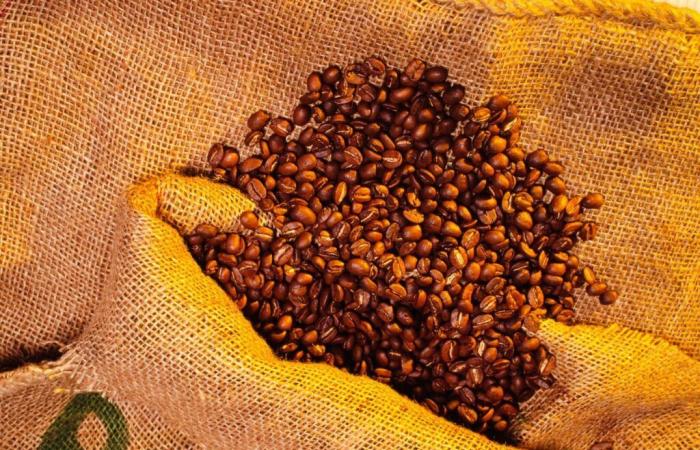Can a typhoon in Vietnam and a drought in Brazil affect your breakfast? The answer is clear: yes. Because the price of Arabica coffee, the most consumed variety in the world, reached its highest level in nearly fifty years on Wednesday, November 27 (3.20 dollars per pound, more than €6.50 per kilo) and that of Coffee in general has increased this year by 75%.
Paying €6 for a cup of coffee may seem unthinkable, but could become a reality. Coffee giant Nestlé has already announced it will raise prices and reduce the size of its bags to compensate for eroding margins.
“We have never seen such a surge in prices, even though we have been expecting it for ten years », underlines Christophe Servell, founder of the Terres de café brand and vice-president of the Collectif café. The cause: climate change, soil exhaustion, and the distribution system for this popular commodity.
“For the first time, the cost of climate change is reflected in the market price of each category of coffee”explains Christophe Servell. Starting with that of Arabica coffee, produced mainly in Brazil.
Already the victim of a major frost in 2021, the country is experiencing one of the worst droughts in recent decades this year. Particularly in Minas Gerais, the largest Brazilian coffee-producing state, crops are destroyed and yields collapse.
Typhoon and heatwave
Significant concerns weigh on the 2025-2026 harvest, and those of future years. “In thirty years, 50% of agricultural land in the world will no longer be viable for growing coffee: it will be too hot”predicts Christophe Servell.
This fear of grain shortages has pushed buyers to turn to Vietnam, the leading producer of the Robusta variety, used in particular in instant coffee. But, there too, a long drought affected the harvests, causing its exports to fall by 50%.
Then, at the beginning of November, Typhoon Yagi, which left around sixty dead and several hundred injured, decimated the main Vietnamese producing regions. Damaged coffee trees will take years to recover, and the 2024-2025 harvest will likely be 15-20% smaller than normal.
Added to these climatic difficulties are geopolitical factors: disruptions to maritime transport in the Red Sea, potential increase in American customs duties under Donald Trump, future European Union regulations on deforestation… In this context of tensions, producers are not only sell what is strictly necessary, saving their stock for the future.
A luxury that has become a mass consumer product
Thus, supply does not change while demand explodes, coffee having become an everyday addiction. And this is another crux of the problem, according to Christophe Servell. “While coffee is a luxury product thanks to the know-how required for its cultivation, our society has destroyed its value by transforming it into a product for mass consumption,” he explains.
« Poorly paid by major distribution players,” coffee farmers abandon their farms, labor immigrates, chemicals are used to optimize yield… In the rise in the price of a cup of coffee, “the consumer thus pays the cost of productivist agriculture and soil exhaustion”points out Christophe Servell. “It’s up to him tochange your relationship with coffee, by agreeing to drink less but pay more. »
To respond to these challenges, a new geography of coffee could develop in the future. At the initiative of Italy, a global fund was established in October by the G7 countries. Its goal: to contribute to the sustainability and resilience of the coffee supply chain based on five pilots in Africa (Ethiopia, Uganda, Tanzania, Kenya and Malawi), before being replicated in Central America and Asia. . The price of coffee is probably not going to stop getting steeper.






